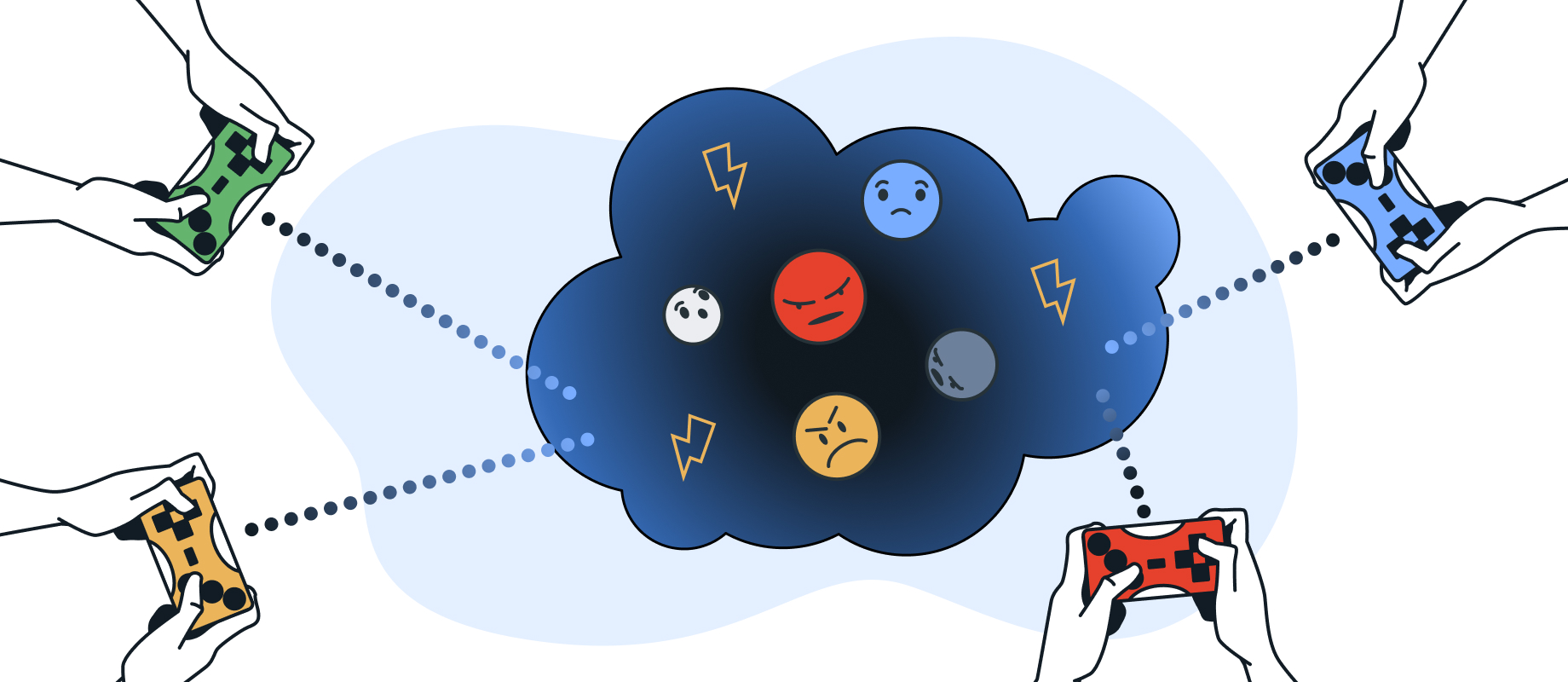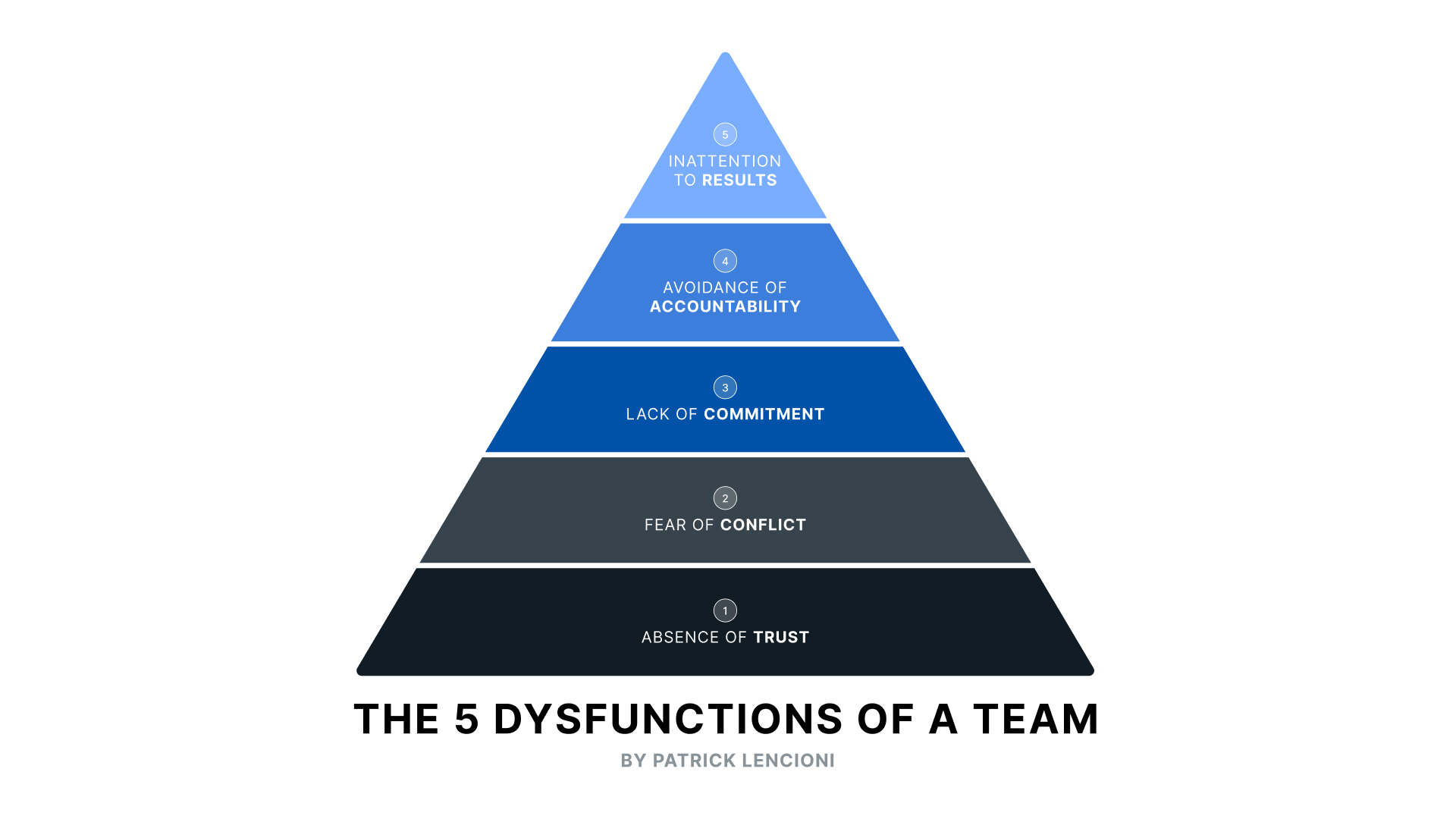
In agile software development and in particular within Scrum teams discussions aimed at finding the best possible solution are a regular occurrence. The complexity of projects and the customer requirements demand that all team members bring a high level of adaptability and communication skills. To develop solutions in challenging situations and to strengthen collaboration, Scrum Masters often turn to team games—not just for fun, but with the goal of fostering positive change within the team.
The Complex Environment of Agile Software Development
In agile software development, teams face a dynamic and often unpredictable environment. At IT Sonix, our teams work closely with our client’s developers and management to develop customised software solutions. Each team operates within a specific context defined by client requirements and the technologies being implemented. To remain successful, Scrum teams must stay capable of performing despite ongoing changes—whether technical, organisational, or interpersonal. However, a team's ability to work effectively goes far beyond technical equipment. It includes the capacity to work purposefully under changing conditions and to function as a cohesive unit. This flexibility is a key element of agile methods and a crucial factor for long-term project success.
The (Dys-)Functionalities of a Team
The challenge of keeping a team functional is well illustrated in Patrick Lencioni's model, The Five Dysfunctions of a Team. Lencioni’s model describes a pyramid that outlines five core dysfunctions of a team. These dysfunctions, such as "lack of trust" or "fear of conflict," can limit a team's effectiveness. Opposite to these are functional team behaviours like "trust" and "openness to conflict." In a Scrum team, it is important to recognise these dysfunctions and find ways to address them constructively. Rather than avoiding dysfunctions entirely, the goal is to make them visible and replace them with functional behaviours to gradually improve the team’s collaboration and performance.

This is particularly important in agile teams, where work is often characterised by short sprints and an iterative approach. Teams that avoid constructive conflicts and instead maintain artificial harmony risk sidestepping important discussions. This can directly affect the quality of the software and the team's productivity. However, when conflicts are addressed and resolved, the team can grow together and achieve its goals more quickly and efficiently.
Why Games in the Agile Context?
Our Scrum Masters deliberately use games as a tool in agile teams for the following reasons:
- Games as a Learning Opportunity: Games provide an opportunity to try out new behaviours in a safe environment. They allow participants to step out of their usual roles and take on new perspectives. Particularly in software development, where collaboration and communication are key to success or failure, games can help change the way team members interact in a lasting way. This experience can lead to a deeper understanding of one's role within the team and improve collaboration.
- Games as Simulation: Games can also simulate situations that may not always be visible in everyday work. Scrum teams can use role-playing or cooperative games to recreate typical conflicts without the presence of real emotional barriers. This encourages conflict readiness and gives the team the chance to test conflict resolution strategies in a neutral environment. Sometimes, an unnoticed real conflict may emerge during the game. This conflict becomes visible and can then be addressed directly—a crucial step toward improving the team’s functionality. Previously harmful patterns, like artificial harmony, can be broken, and the team can thoughtfully develop new mechanisms for resolving conflicts.
The Role of the Scrum Master in Using Games
Scrum Masters use team games not only to bring fun into the workday but also to deliberately improve team dynamics. According to the Scrum Guide, it is the responsibility of the Scrum Master to continuously support the team in reflecting on and optimising its processes. Team dynamics and social interactions play a central role in this. Team games provide an excellent opportunity to make behavioural patterns visible and to change or strengthen both dysfunctional and functional practices. For example, if a Scrum Master observes that communication within a new team is not yet running smoothly, a cooperative game might help. A simple communication game, carried out separately from the actual work situation, can encourage team members to speak more openly with each other and coordinate better. This ultimately improves collaboration in the actual software development process.
Voluntariness and Purpose in Games
A key principle when introducing games into Scrum teams is voluntariness. Learning and personal development only work when all participants take part in the games of their own accord. This becomes particularly evident in international teams where language barriers can play a role. For team members who need to express themselves in a foreign language, participating in a game where linguistic skills are central can create additional pressure. A good Scrum Master recognises such situations and ensures that games are only used when they genuinely add value to the team. For a game to successfully contribute to team improvement, it must also have clearly defined goals. A Scrum Master should observe the team’s social dynamics and form hypotheses about potential areas for development. A game is then selected that specifically addresses these potentials. Only through continuous reflection and adjustment of the methods used can it be ensured that games become a valuable tool in the agile development process.
Games Are Not for Everyone – and That’s Okay
There will always be team members who are not open to engaging in games. Some may find this method too playful or childish, while others may feel uncomfortable in such situations. It is important for Scrum Masters to take these concerns seriously and understand the reasons behind the reluctance. Even an open conversation about why someone does not want to participate in the game can be a valuable contribution to the team’s functionality. It promotes mutual understanding and builds trust—both essential elements for the success of an agile team.
Conclusion: Team Games as a Tool in Scrum Teams
Team games offer Scrum teams a valuable way to enhance their productivity and improve team dynamics. Although they are not a cure-all, they can provide a crucial impetus that leads to team members building greater trust in each other and collaborating more effectively. Even a short game session can help identify and overcome dysfunctions, thus laying the foundation for successful collaboration in agile software development.
IT Consulting
Learn more about our services